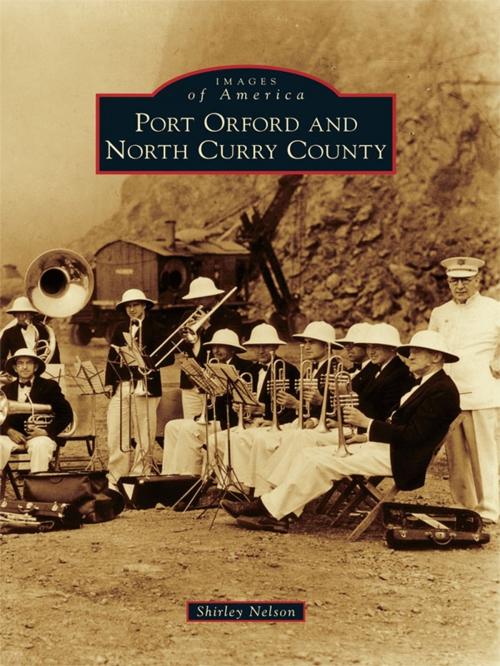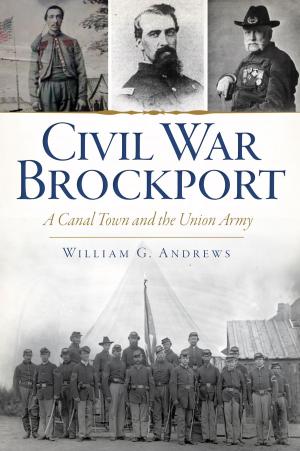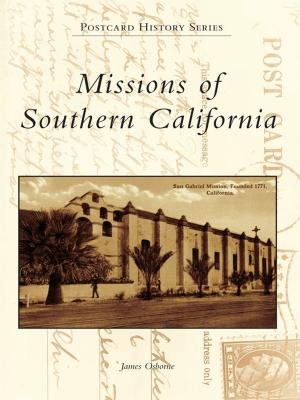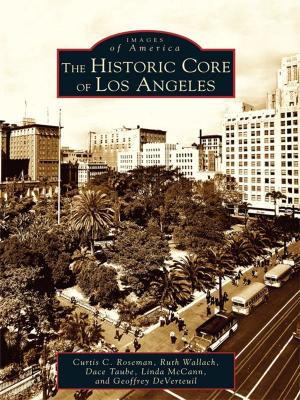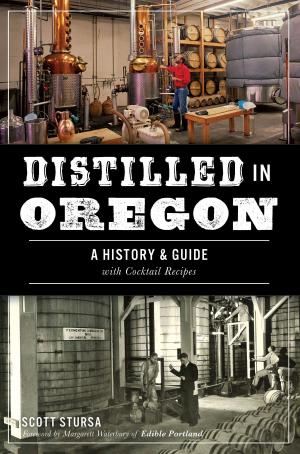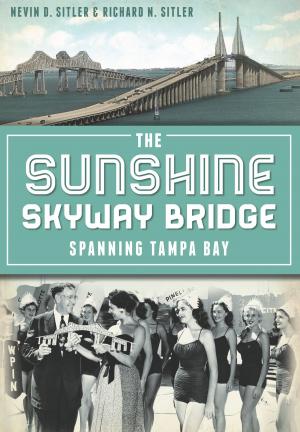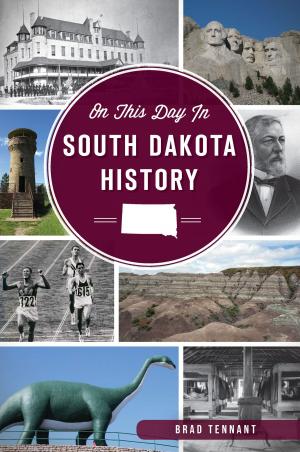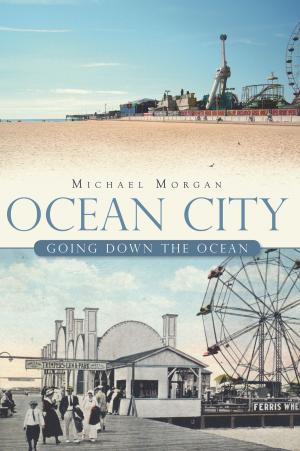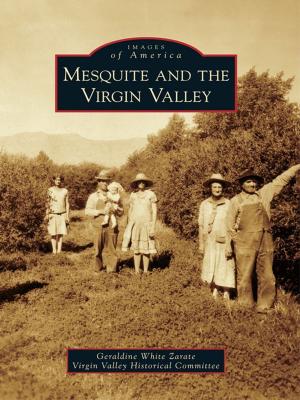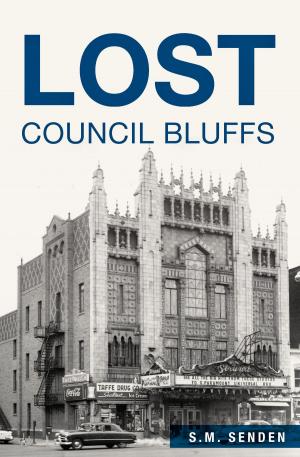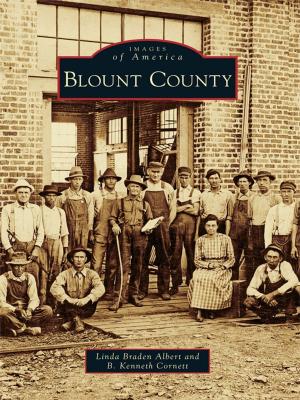Port Orford and North Curry County
Nonfiction, Travel, Pictorials, Art & Architecture, Photography, History| Author: | Shirley Nelson | ISBN: | 9781439640272 |
| Publisher: | Arcadia Publishing Inc. | Publication: | August 9, 2010 |
| Imprint: | Arcadia Publishing | Language: | English |
| Author: | Shirley Nelson |
| ISBN: | 9781439640272 |
| Publisher: | Arcadia Publishing Inc. |
| Publication: | August 9, 2010 |
| Imprint: | Arcadia Publishing |
| Language: | English |
Perched on the cliffs above the Pacific Ocean, Port Orford claims to be the oldest town site on the Oregon coast and the farthest west incorporated community in the continental United States. Incomparable scenery surrounds it, providing work for generations of residents: lumber from trees of the great forests and all manner of seafood harvested from ocean waters. Gold lay in the waters and banks of streams and in the black sands of beaches, attracting the earliest settlers in 1851. Farming came later but proved successful, especially for cattle and sheep farmers and cranberry growers. Residents have survived fire, earthquake, severe storms, and the fluctuations of the mining, timber, and fishing industries. As Oregon developed, county lines changed. The south coast area was part of Jackson County in 1852, then Coos County in 1853. Curry County was formed in 1855, and Port Orford was the first county seat until Oregon statehood in 1859.
Perched on the cliffs above the Pacific Ocean, Port Orford claims to be the oldest town site on the Oregon coast and the farthest west incorporated community in the continental United States. Incomparable scenery surrounds it, providing work for generations of residents: lumber from trees of the great forests and all manner of seafood harvested from ocean waters. Gold lay in the waters and banks of streams and in the black sands of beaches, attracting the earliest settlers in 1851. Farming came later but proved successful, especially for cattle and sheep farmers and cranberry growers. Residents have survived fire, earthquake, severe storms, and the fluctuations of the mining, timber, and fishing industries. As Oregon developed, county lines changed. The south coast area was part of Jackson County in 1852, then Coos County in 1853. Curry County was formed in 1855, and Port Orford was the first county seat until Oregon statehood in 1859.
